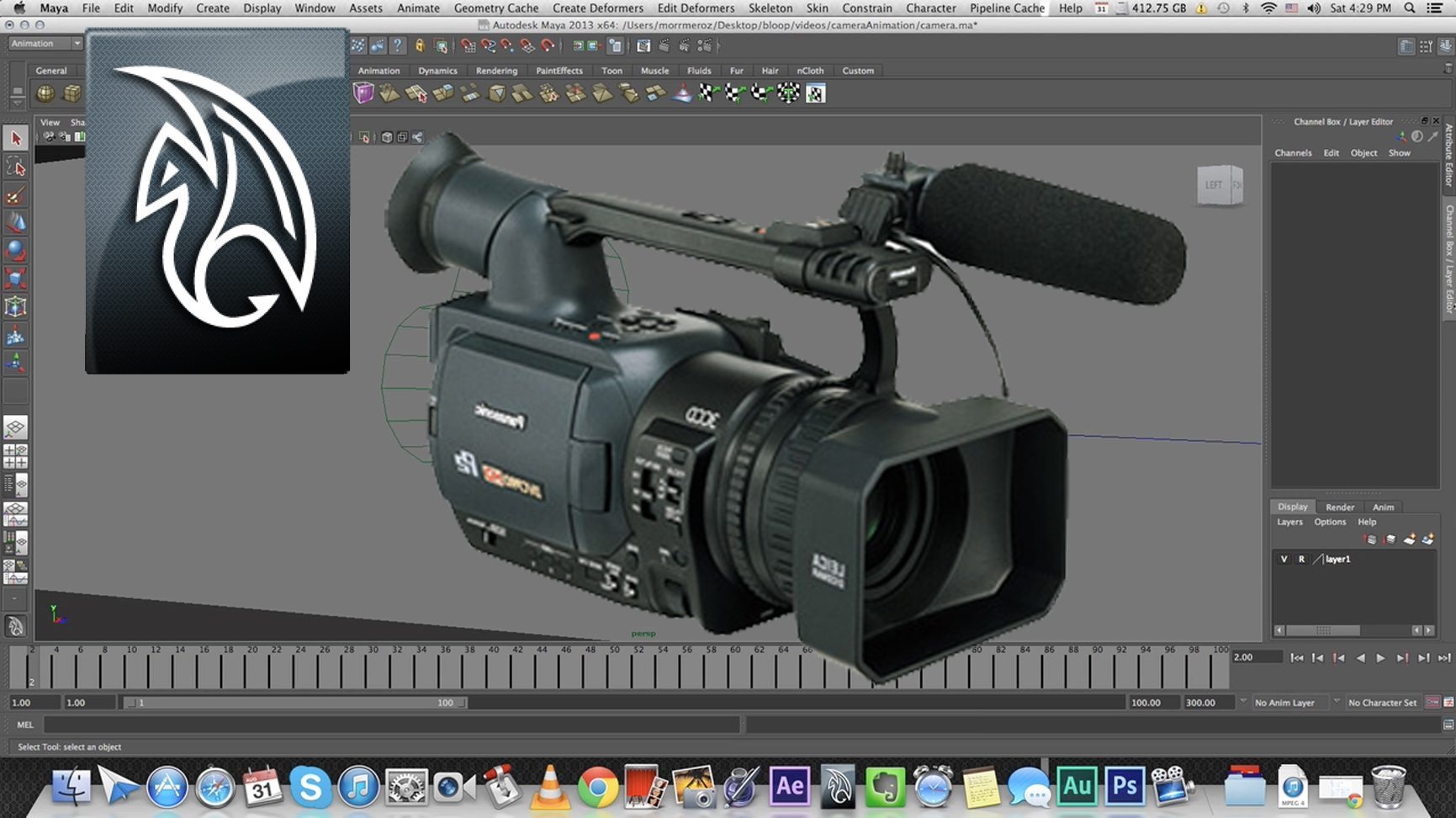

This is a frequently used camera type in Maya. In the Outliner you will see a new item called the camera1_group, which contains two nodes, the camera1 and the camera1_am. This makes a two-node camera (see Figure 2.46). Click on Create > Cameras > Camera and Aim. Additionally, they can be animated to move and rotate through your scene.įirst, let’s create a new camera. In Maya, cameras have settings for nearly every attribute of a real-world film camera, and even some beyond that.

Since the perspective view isn’t really designed to be animated, you’ll create a new camera. When you want to create even more interesting shots, in which there are pans, dollies, cranes, and even simulated Steadicam-style movements and rack-zooms, you’ll need to animate the camera. The view you get through the perspective panel usually looks more interesting than the Front or Side views because of its non-orthographic view and its wide-angled lens.


 0 kommentar(er)
0 kommentar(er)
